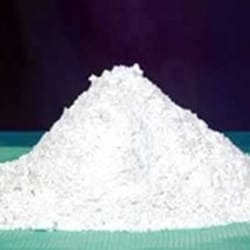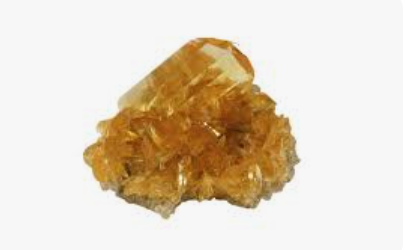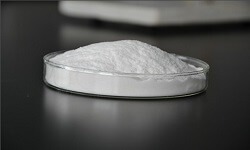Kaolin
|
IUPAC Name |
: oxo-oxoalumanyloxy-[oxo(oxoalumanyloxy)silyl]oxysilane dihydrate |
|
Cas Number |
: 1332-58-7 |
|
HS Code |
: 25070010 |
|
Formula |
: H2Al2Si2O8-H2O |
Basic Info
|
Appearance Name |
: White Powder or Beige |
|
Common Names |
: Aluminium silicate (hydrated) |
|
Packaging |
: 25kg/Woven Bag with PE Inner Lining |



---china.webp)


